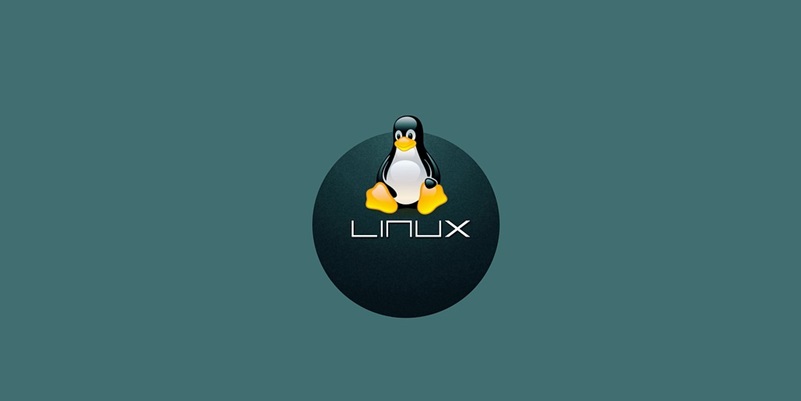Microsoft has announced a significant update to its Windows Subsystem for Linux (WSL), wherein the Linux kernel has been upgraded to version 6.6, the latest long-term servicing (LTS) release. This long-awaited update eclipses the previous 5.15 version, which had been in use since November 2021. The upgrade marks a noteworthy milestone in the evolution of WSL, promising a range of improvements and new features for developers who depend on seamless integration between Windows and Linux environments.
Technological Advancements in WSL
Maturation of Linux Integrations within Windows
One of the key highlights of the WSL update is the maturation of Linux integrations within the Windows ecosystem, a move underscored by the ability for Microsoft to now remove several out-of-tree patches. This step is emblematic of the growing robustness of the Linux kernel integration, reducing the complexity associated with maintaining those patches. Such advancements suggest an increasing alignment and compatibility between Windows and Linux, which is vital for developers reliant on both platforms for various tasks.
Some of the standout changes in this update include new configurations for both x86 and ARM64 architectures, making the platform more versatile. The addition of loadable modules allows for significant flexibility, enabling users to add functionalities dynamically, a boon for developers working on intricate projects. Furthermore, adjustments like the suppression of error messages when a virtual GPU is not present streamline the user experience, avoiding unnecessary distractions during development.
Enhanced Kernel Features
The updated kernel in WSL also consolidates various patches that were previously separate, such as those related to page reporting, virtual PCI (vpci), memory reclaiming, and vsock directly into the main kernel. This consolidation not only simplifies the maintenance of these patches but also ensures that users can benefit from enhanced performance and reliability. Users can expect a more seamless experience thanks to these integrated features, which reduce points of failure and enhance system responsiveness.
Currently, the updated WSL version is available only as source code on GitHub, reflecting a deliberate rollout approach aimed at garnering feedback before broader stabilization. Users keen to leverage these updates immediately can build the source code themselves. However, Microsoft has announced that a more comprehensive stable release is on the horizon, promising to make these enhancements widely accessible to the general user base. This methodical approach indicates Microsoft’s commitment to ensuring that the update meets the community’s high standards before a full-scale deployment.
Implications for Developer Workflows
Facilitating Smooth Workflows
The trend of integrating more Linux components natively into Windows has significant implications for development workflows. By enhancing WSL with the latest kernel, Microsoft is making it easier for developers who rely on both operating systems to work more efficiently. This update addresses many of the pain points previously encountered, such as complex patch management and limited configurability, thereby facilitating smoother transitions and operations between tasks. The broad consensus is that these updates will result in fewer complications and better overall performance.
Furthermore, the updated WSL brings immediate benefits to developers by offering features that align with the latest technological advancements in the Linux ecosystem. Whether it’s improved resource management through memory reclaiming or better device handling via virtual PCI, these enhancements translate to more robust applications and services. Developers who are continually pushing the boundaries of what’s possible can now leverage these cutting-edge advancements directly within their existing Windows-based environments.
Future Prospects for WSL
Microsoft has released a major update to its Windows Subsystem for Linux (WSL), upgrading the Linux kernel to version 6.6, the latest long-term servicing (LTS) release. This eagerly anticipated update surpasses the previous 5.15 version, which had been in use since November 2021. The kernel upgrade is a major milestone in the ongoing evolution of WSL, offering a host of improvements and new features beneficial to developers who rely on seamless interoperability between Windows and Linux environments. This new version brings enhanced compatibility, performance optimizations, and better integration that will significantly improve the user experience for developers. The 6.6 LTS release ensures that developers have access to the most stable and secure kernel features, which are crucial for developing and deploying applications on Windows while utilizing the robustness of Linux. Microsoft’s commitment to maintaining WSL with such significant updates underscores their dedication to supporting the developer community and ensuring that Windows remains a versatile platform for all kinds of development tasks.

